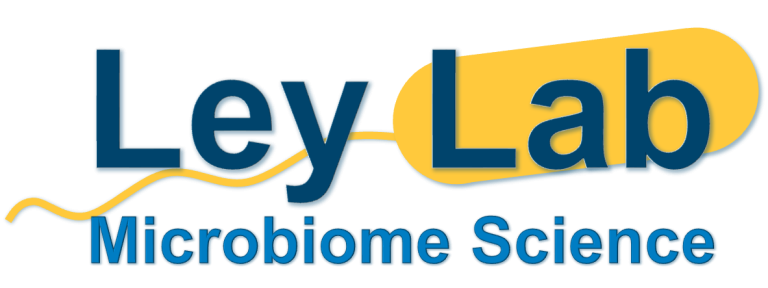How human is the human gut microbiome? The thousands of species that make up the human gut microbiome are environmentally acquired, yet their interactions with the host belie a close relationship built of reciprocal adaptations. From molecular mimicry of host cell surface structures, to host immune evasion and manipulation, the commensal microbiota of the gut have assimilated into the human gut environment. Combined with our recent evidence that humans and certain gut species share an evolutionary history, these adaptations indicate a profoundly specific relationship to the human host. The research questions we address in the Department of Microbiome Science center around human host adaptation by members of the gut microbiome. Our work combines population level host-microbiome patterns with molecular level interrogations of specific interactions.
Research foci: We focus on microbiota that we discovered share an evolutionary history with humans (Suzuki & Fitzstevens et al., 2022). We also have a particular interest in interactions between host immunity and the microbiome. We work on the innate immune receptor Toll-like receptor 5 and its ligand flagellin: we recently discovered that commensal but bacteria produce a flagellin that is “silent”, meaning it is recognized by the immune system without causing inflammation. Silent flagellins are common in the gut and their role in host-microbial interactions is unclear. Our work is interdisciplinary and curiosity-driven.


